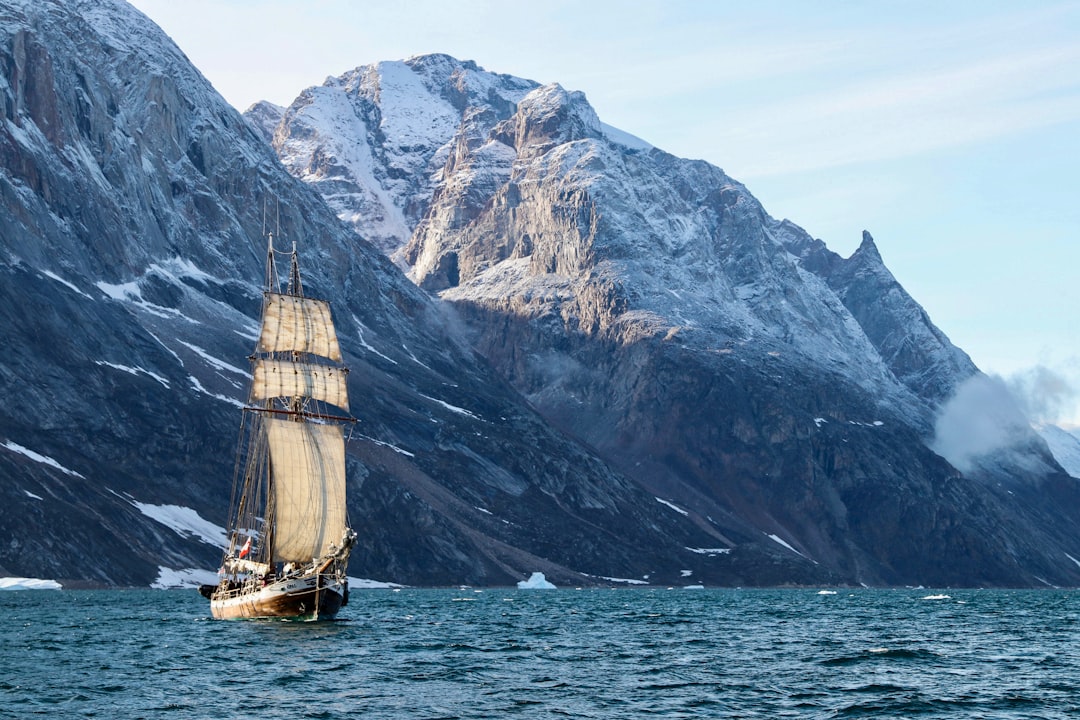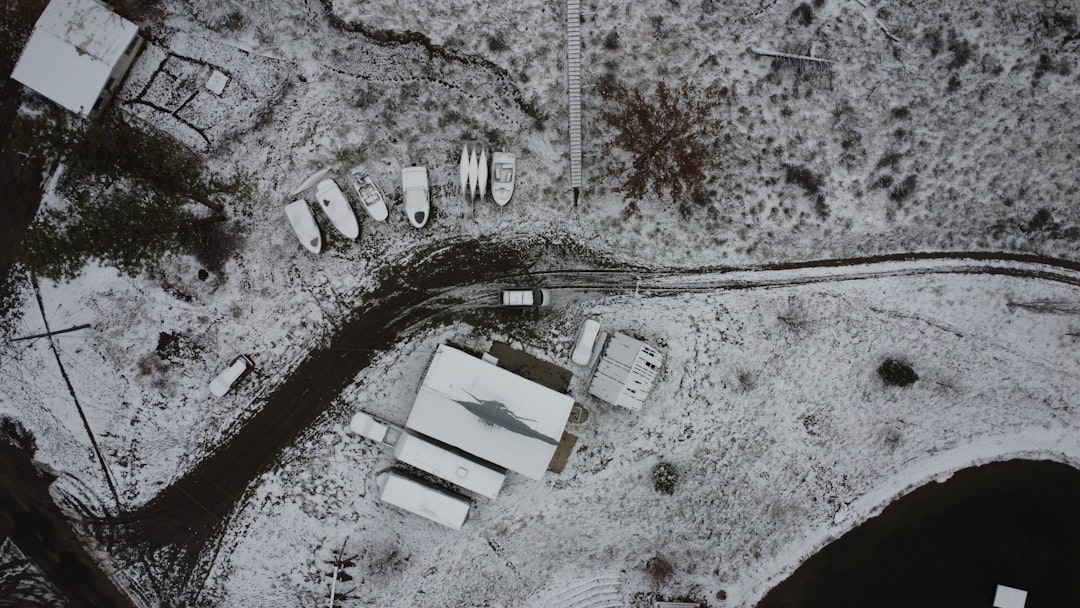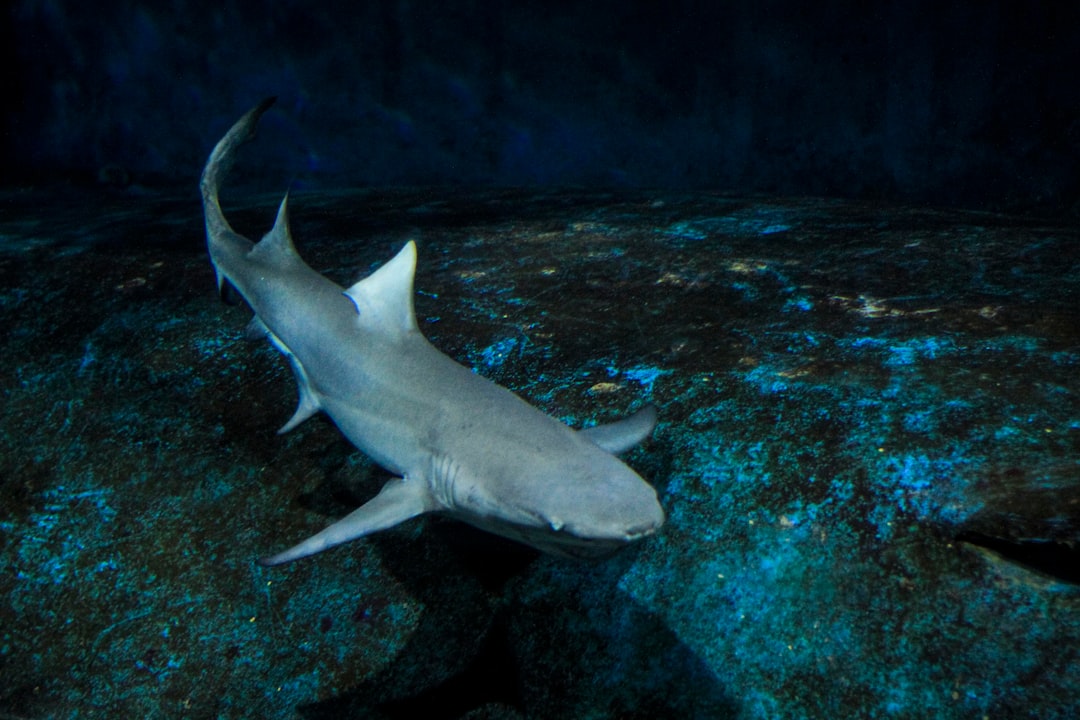**Imagine sailing through the pristine waters of Norwegian fjords, the awe-inspiring landscapes towering on either side. Now, picture doing so with the ancient techniques of the Vikings, the legendary navigators known for their remarkable skills and daring voyages.** This article explores how emulating Viking navigation methods in fjords can lead to surprising discoveries and insights that are beneficial even for today’s maritime enthusiasts and professionals alike.
Navigating the fjords involves much more than simply steering a vessel through narrow channels. It requires a deep understanding of the geography, the currents, the weather patterns, and an intimate knowledge of the sea and its nuances. The Vikings, with limited technology but an acute sense of their environment, were masters of this art. They utilized the sun, stars, wind, and even the behavior of wildlife to guide their expeditions.
Today, modern sailors armed with advanced GPS systems and state-of-the-art navigation tools may believe they have the upper hand, but there are lessons and experiences that can still be gleaned from ancient Viking techniques. These methods offer a unique perspective on sailing that complements modern technology.
One of the most significant insights gained from Viking navigation is the importance of understanding and respecting natural cycles. For instance, the interaction between tides and the geography of fjords creates specific current patterns that can either aid or hinder a vessel’s journey. The Vikings would have known these patterns intimately, planning their journeys to align with favorable conditions. Modern navigators can learn to enhance their journeys by incorporating this knowledge into their sailing plans.
Furthermore, the Vikings’ ability to use natural landmarks for orientation presents a valuable skill when modern technology fails. In remote areas, such as certain fjords where electronic devices might lose signal, the skill of reading the landscape becomes invaluable. Learning to identify key features such as distinct mountain peaks or unusual rock formations helps in maintaining a safe and efficient route.
There’s also the aspect of environmental sensitivity. Viking sailors reportedly treated the sea with a sense of respect and spirituality, understanding their dependency on it for survival. This mindset can transform how modern sailors interact with their surroundings. It suggests a sustainable approach to navigation, where sailors become stewards of the waterway rather than merely passing travelers.
In practical terms, adapting to these ancient methods involves rigorous training and a shift in perspective. It requires a level of mindfulness and attention to detail that enhances not just the navigational experience, but also the enjoyment of the journey. By embracing both traditional and contemporary techniques, sailors and maritime professionals might find new levels of efficiency and insight that they hadn’t anticipated.
In conclusion, while the Viking era has long past, the lessons it offers remain accessible and potentially transformative. Modern technology may provide precision, but it is the holistic understanding of one’s environment—much like the Vikings had—that completes the navigational picture. Embracing this hybrid approach could yield unexpected and rewarding outcomes for those who dare to explore the fjords, just as the Vikings once did.
Insight Report
Sailing the fjords like the Vikings yields unexpected insights
















Leave a Reply